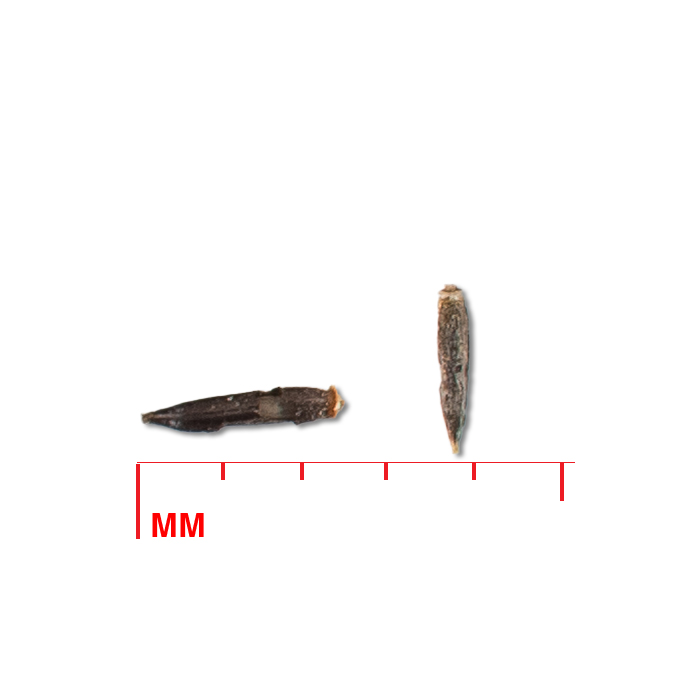common boneset
Table of Contents
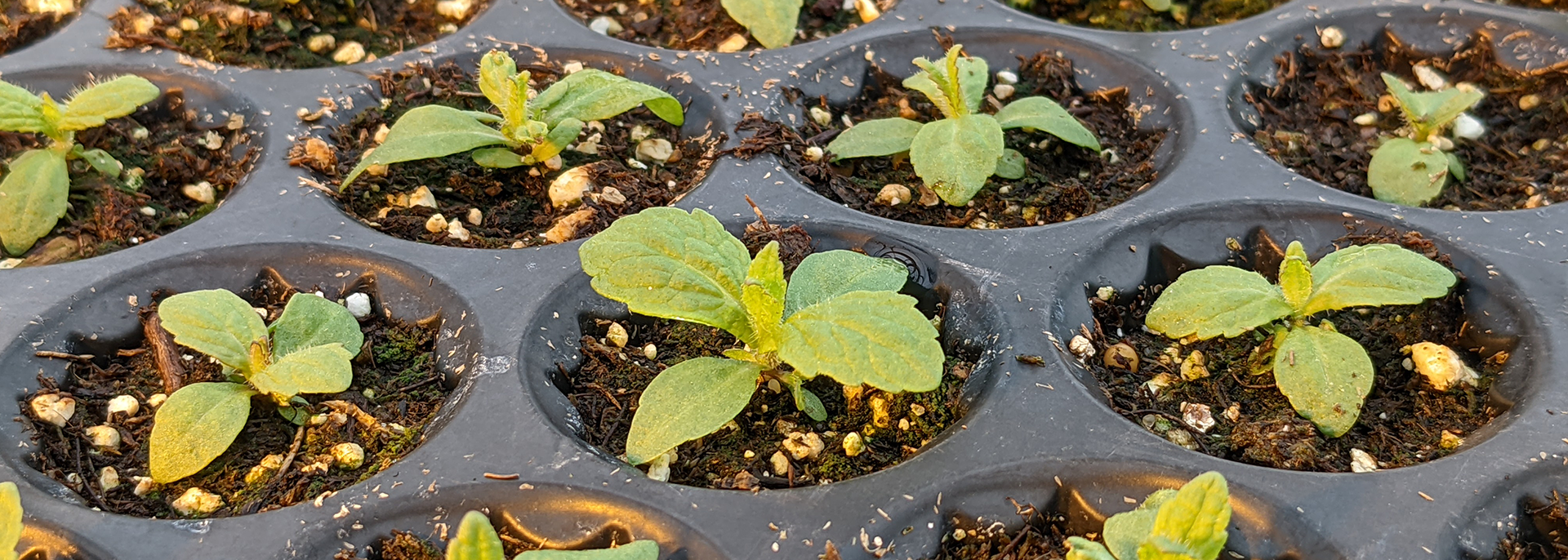
Eupatorium perfoliatum, L.
Alternate Common Names: boneset, thoroughwort
Scientific Synonyms: Eupatorium chapmanii Small, Eupatorium perfoliatum var. colpophilum Fernald & Griscom, Eupatorium perfoliatum var. cuneatum Engelmann
Family: aster or sunflower family (Asteraceae)
Functional Group: forbs (wildflowers)
Description
- Life cycle and growth form
Perennial, short-rhizomatous, spreads slowly to form small colonies.
Height: 2-4 ft
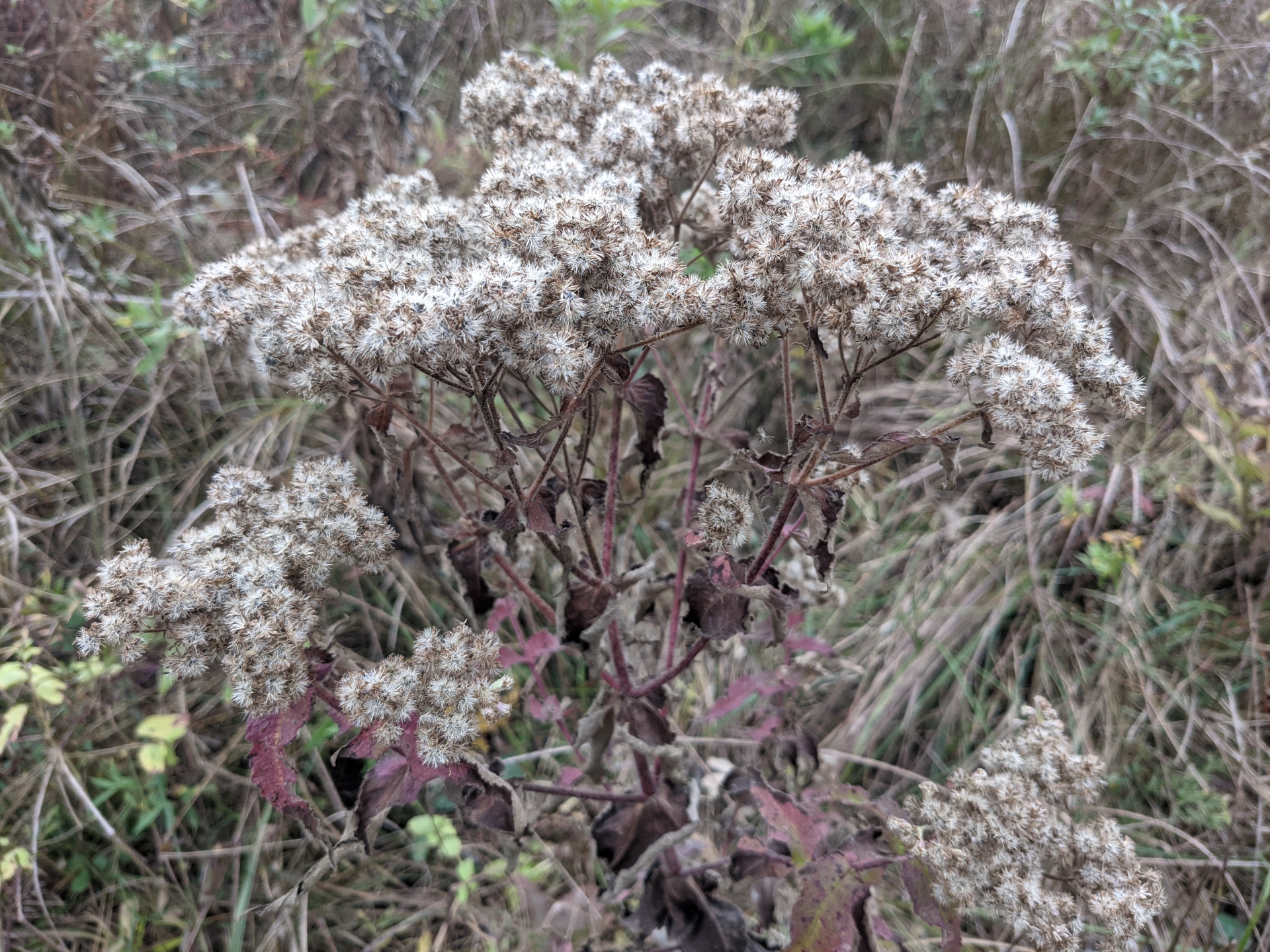
- Leaves and stem
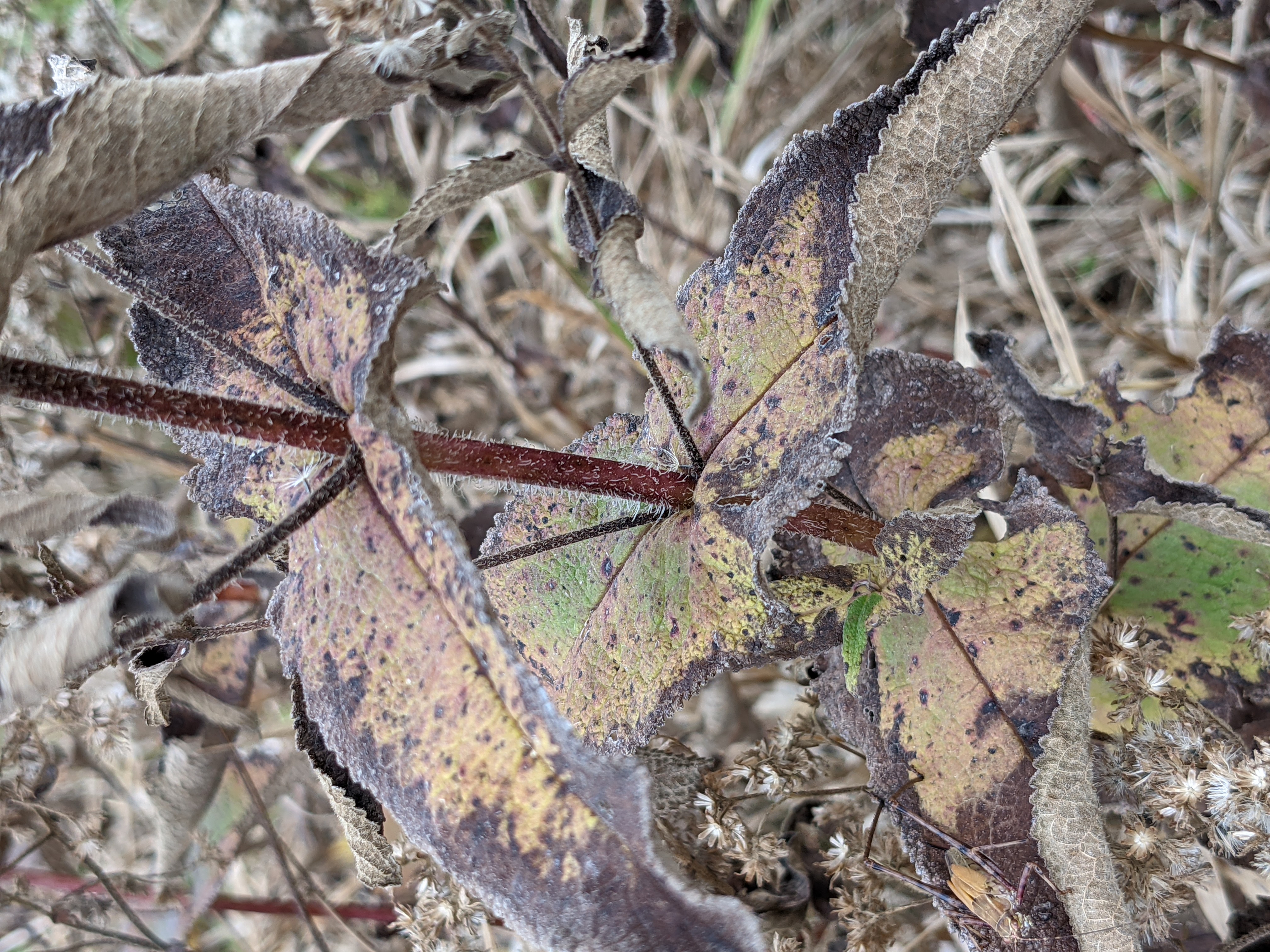
Leaves join around the stem making them look like one leaf (perfoliate) and then taper to a point, opposite arrangement (rarely whorled), leaf margins are wavy with small teeth (crenulate), leaf surfaces have a wrinkled appearance, upper and lower leaf sides are hairy; stems are hairy, erect, and branched in the upper portion of the plant.
- Flower, fruit and seedhead
Flower: Tiny heads (¼ in) of up to 15 disc florets (no visible “petals” or rays), grouped in flat-topped to slightly domed clusters of dozens to hundreds of heads; flower clusters appear fuzzy due to thin styles that extend from each floret.
Fruit/seedhead: Clusters become fluffy from the center outwards as seeds mature and pappus expands.
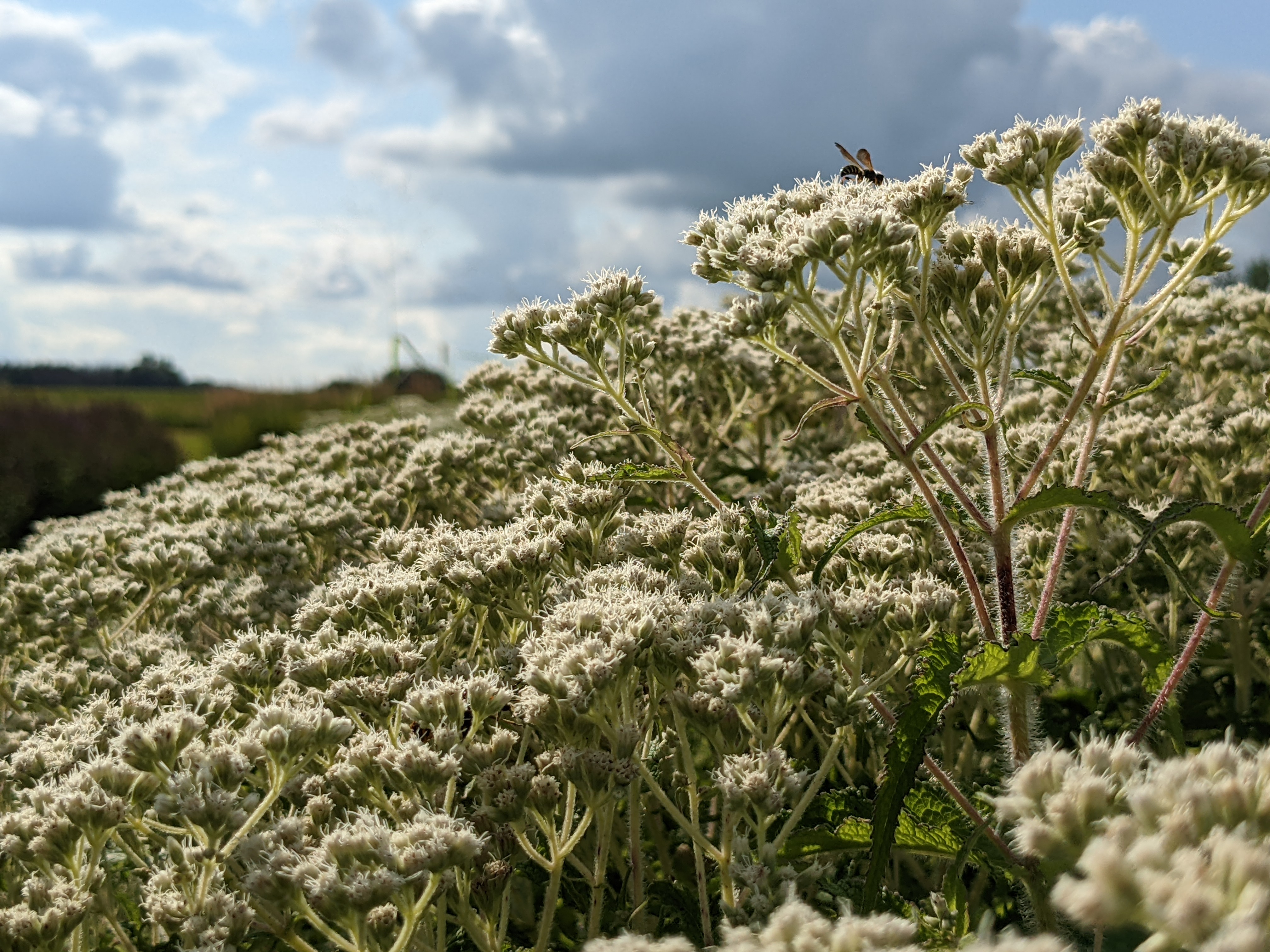
- Seed
Seed characteristics
Seeds per ounce: 160,000 (IA NRCS)
1000 seed weight: 0.11 g (Seed Information Database)
Description: Long slender, dark gray seeds (achenes) up to 2.5 mm long with a short tuft of white hairs (pappus).
Typical seed test
PLS: 68% (n = 6)
Purity: 71% (n = 6)
Germination: 16% (n = 5)
Dormant: 81% (n = 5)
(averages obtained from n tests of purchased seed lots)
- Habitat and range
Habitat: Moist to wet, organic-rich soil; full sun; wet pastures, sedge meadows, fens; The USDA classifies it as an Obligate Wetland species in the Midwest region. It benefits from irrigation in production systems.
Conservation status: Global- G5, secure; Kansas- S3, vulnerable (NatureServe)
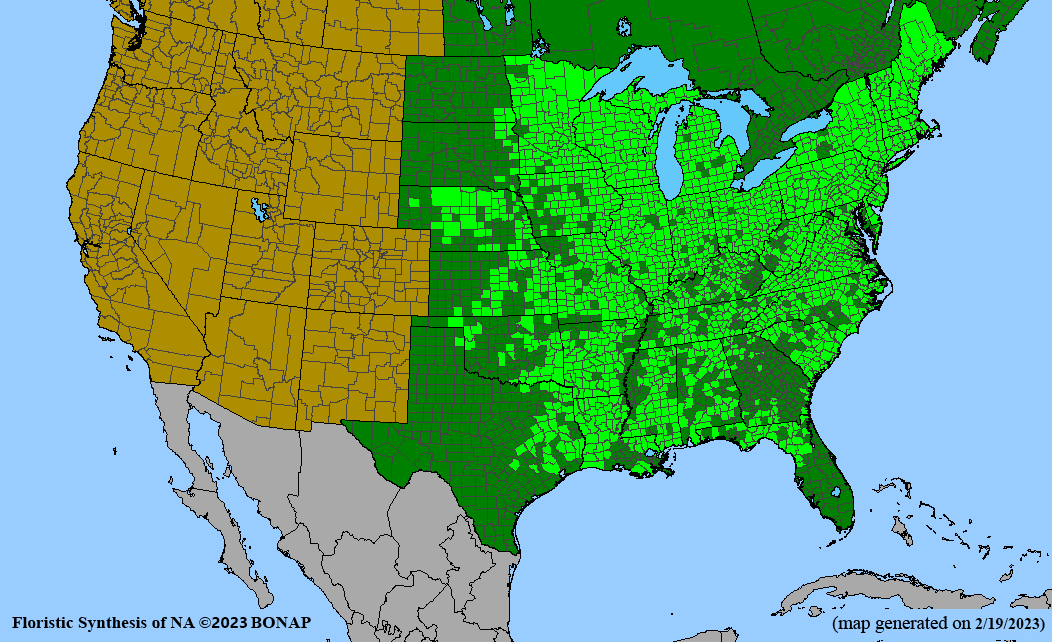
General Comments
The clouds of sweet-scented flowers attract a diverse assemblage of pollinating insects. Bitter compounds in the foliage deter mammalian herbivores, although some moth larvae use common boneset as a host plant. This species has traditional medicinal and ceremonial uses among Native tribes within its range, and was adopted as a treatment for colds and fevers by colonial settlers. It is currently under investigation by researchers in Germany and India for use in treatment of viral illnesses such as colds, flu, and dengue fever as well as malaria. Caution: this plant also contains phytochemicals that may be toxic to the liver.
Recommendations for Seed Production
- Establishment for seed production
Direct seeding
We do not have experience direct seeding this species for seed production. It reportedly has low germination rates in direct seedings. High seeding rates and fall planting are recommended.
Greenhouse
Seed pre-treatment: 60 days cold-moist stratification.
Sowing: Seed is small and should be surface sown. If started in germination flats, transplant to individual plugs when seedlings have their first pair of true leaves, about 4 weeks after seeding.
Transplanting: Seedlings are ready to transplant to the field about 6-8 weeks after being transferred to plugs, when their roots are well-branched and numerous root tips are visible at hole(s) in the base of the plug. Pop out a few plugs to check for adequate root development that will provide sturdy plugs for planting. Seedlings are fast growing and may need to be clipped back before transplanting to improve the shoot:root ratio. A week or two before transplanting, move flats outside to ‘harden off.’ (See Propagation chapter in General Information for more details).
- Stand management
Weeds: In the first season after transplanting, weeds are suppressed by a plastic weed barrier. Plants spread slowly by short rhizomes; in second and subsequent years, holes in plastic may need to be expanded or plastic removed to make room for new stems. Well-established plots shade out most weeds.
Pests: None noted.
Diseases: None noted.
Soil moisture: Irrigation is necessary in most soils to obtain maximum seed yield.
- Seed production
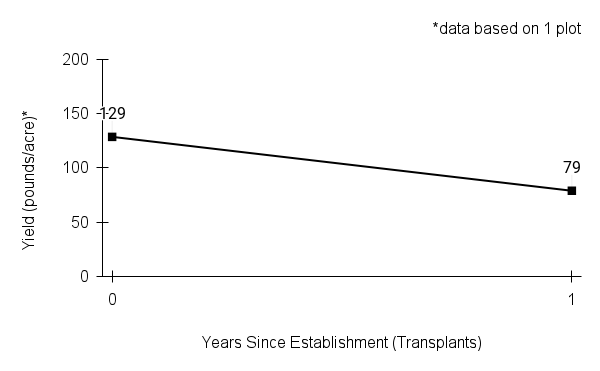 First harvest: Plants flower and set a little seed the first year when transplanted in spring.
First harvest: Plants flower and set a little seed the first year when transplanted in spring.Yield: 80-130 pounds/acre (based on 1 plot)
Stand life: unknown
Flowering date: August - September in northeast Iowa
Seed maturity: mid-September - mid-October
Harvest date range at TPC (2022-2023): Sept 15 - Oct 7
Recommended harvest method: Watch for the centers of seed clusters to begin shattering, and pick early maturing seed heads (clip stalks below seed clusters). If some heads in a cluster are still closed (not fluffy), pull apart a few heads to see if the seeds are dark colored and separate easily from the base (receptacle). Combine the rest of the plot at peak maturity. Turn off air or combine will disperse the fluffy seeds.
- Seed cleaning and storage
Cleaning process: If hand clipped, run dried material through a ¼ in mesh to thresh seed from stalks. Use a brush machine (soft bristles, minimum vacuum) to remove pappus. Seed is fragile, and some seed is dehulled, even when soft bristles are used. Winnow with a box fan to separate seed from most of the pappus and chaff. Airscreen 2-3 times to finish cleaning. See Appendix C for specific settings.
Seed storage: Cool/dry (orthodox) for up to 3 years (USDA Plant Fact Sheet).
Released Germplasm
Source Identified material: Natural Selections/Iowa Ecotype Zone NI
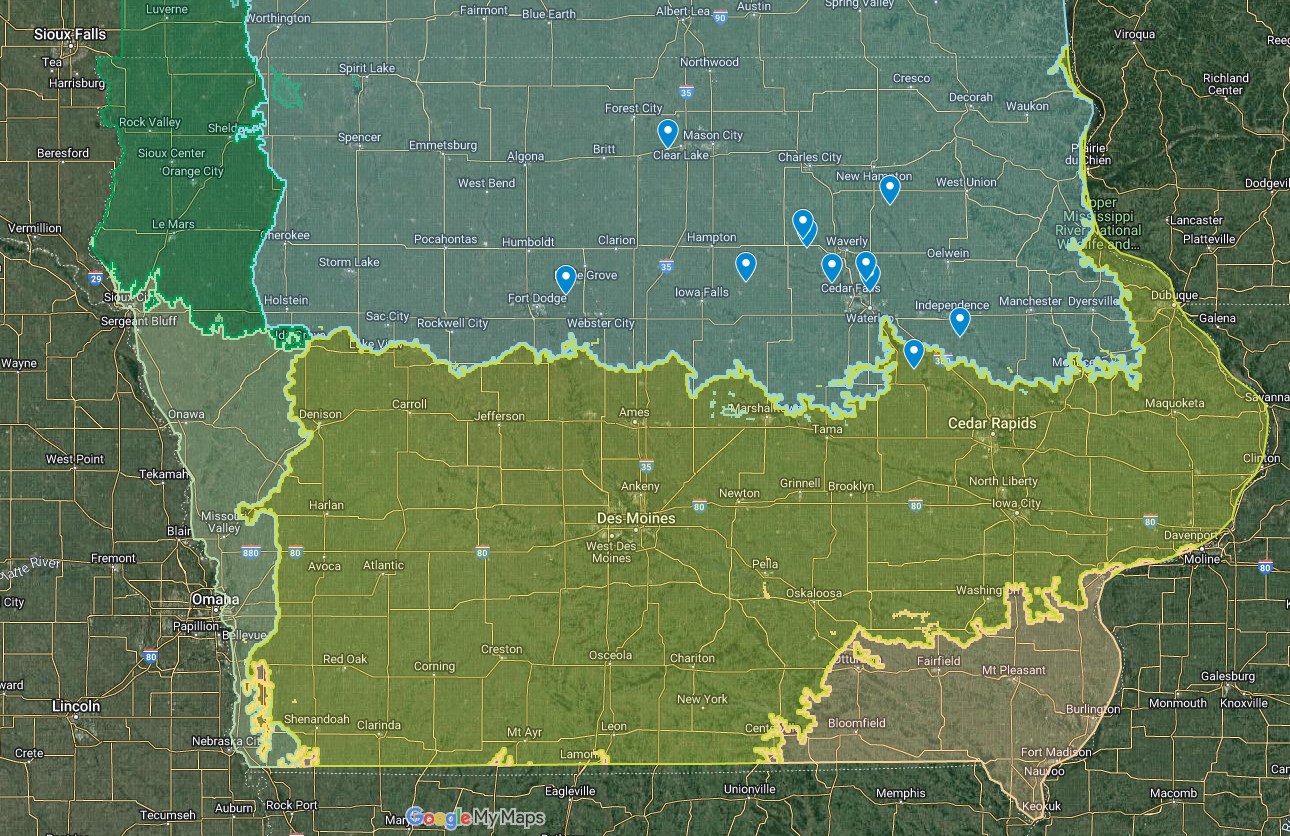
- References
Belt, S. (2009). Plant fact sheet for common boneset (Eupatorium perfoliatum L.). USDA-Natural Resources Conservation Service, Norman A. Berg National Plant Materials Center, Beltsville, MD 20705.
Chayka, Katy. (n.d.). Eupatorium perfoliatum (Common Boneset). Minnesota Wildflowers. https://www.minnesotawildflowers.info/flower/common-boneset
Cochrane, T. S., Elliot, K., & Lipke, C. S. (2014). Boneset. In Prairie Plants of the University of Wisconsin-Madison Arboretum (3rd ed., p. 79). University of Wisconsin-Madison Arboretum.
Eupatorium perfoliatum. Prairie Moon Nursery. (n.d.). https://www.prairiemoon.com/eupatorium-perfoliatum-boneset-prairie-moon-nursery.html
Hilty, J. (2019). Common Boneset - Eupatorium perfoliatum. Illinois Wildflowers. https://www.illinoiswildflowers.info/prairie/plantx/cm_boneset.htm
Kartesz, J.T., The Biota of North America Program (BONAP). 2023. North American Plant Atlas. (http://bonap.net/napa). Chapel Hill, N.C. [maps generated from Kartesz, J.T. 2023. Floristic Synthesis of North America, Version 1.0. Biota of North America Program (BONAP). (in press)]
NatureServe. 2024. NatureServe Network Biodiversity Location Data accessed through NatureServe Explorer [web application]. NatureServe, Arlington, Virginia. Available https://explorer.natureserve.org/. (Accessed: February 28, 2024).
SER, INSR, RBGK, Seed Information Database (SID). (2023). Eupatorium perfoliatum. https://ser-sid.org/species/e29e87df-3177-43f1-bfcd-bc052339de84
USDA NRCS National Plant Data Team. (n.d.). Eupatorium perfoliatum L. USDA plants database. https://plants.usda.gov/home/plantProfile?symbol=EUPE3
Siripun, K. C., & Schilling, E. E. (2020, November 6). Eupatorium perfoliatum Linnaeus. Flora of North America. http://floranorthamerica.org/Eupatorium_perfoliatum
Species Guide Updated 3/5/2024


